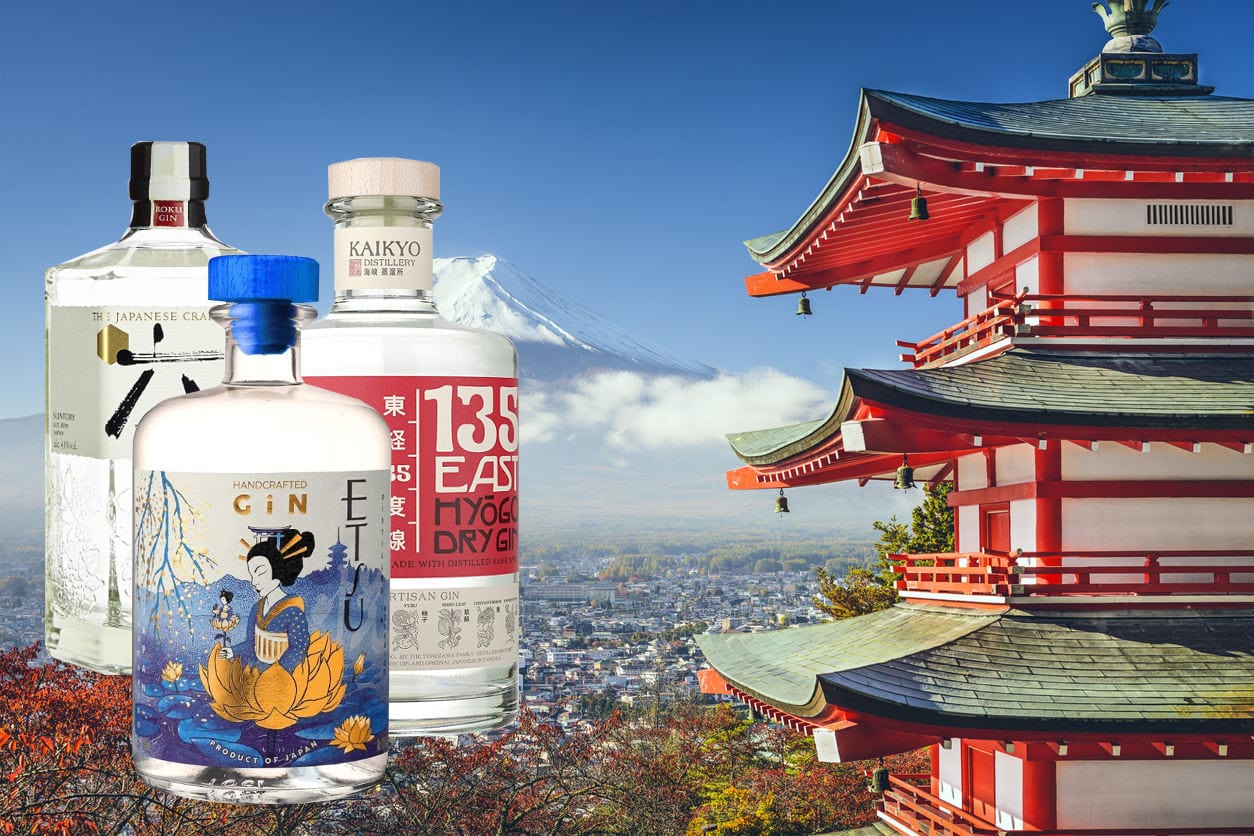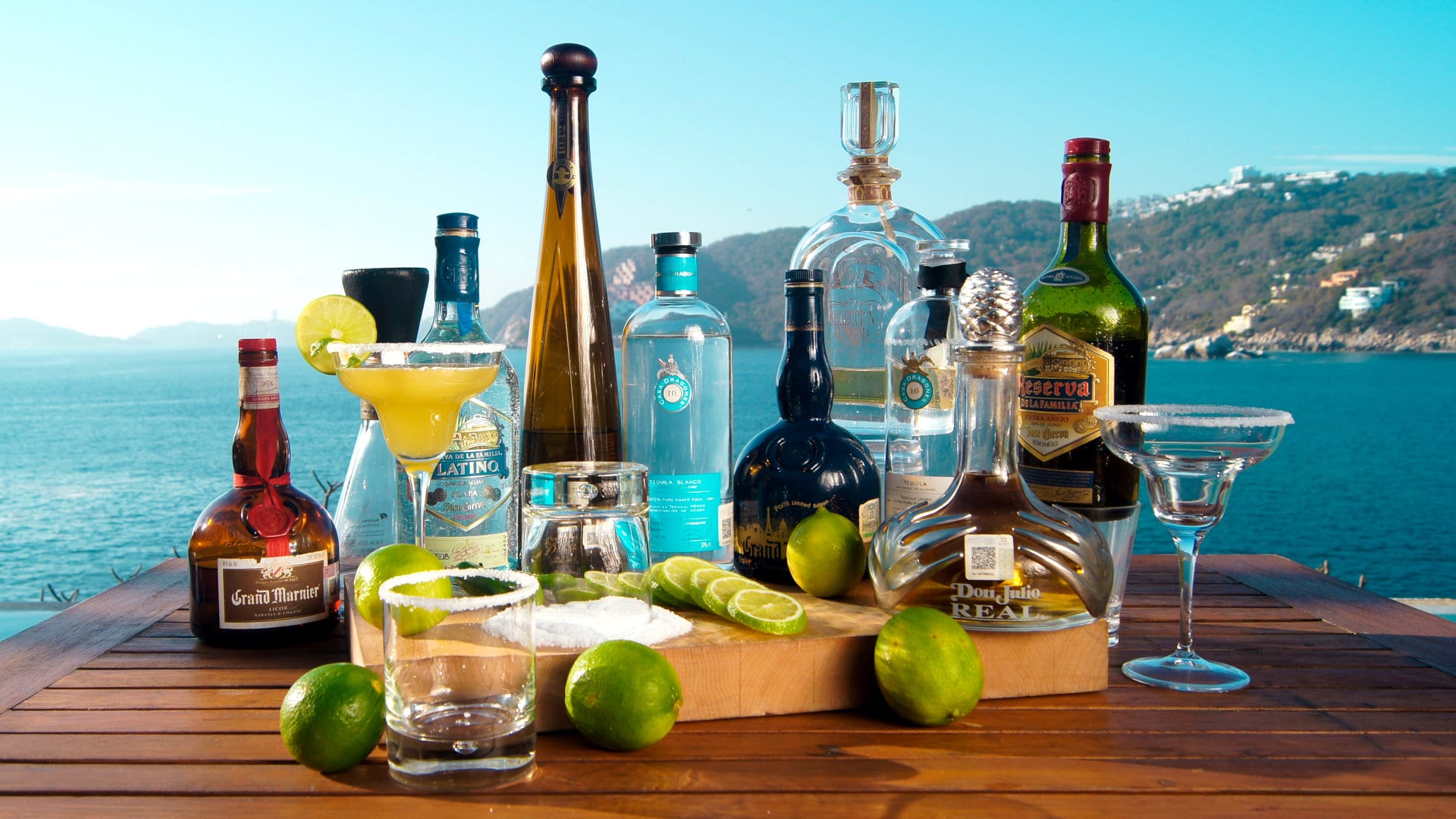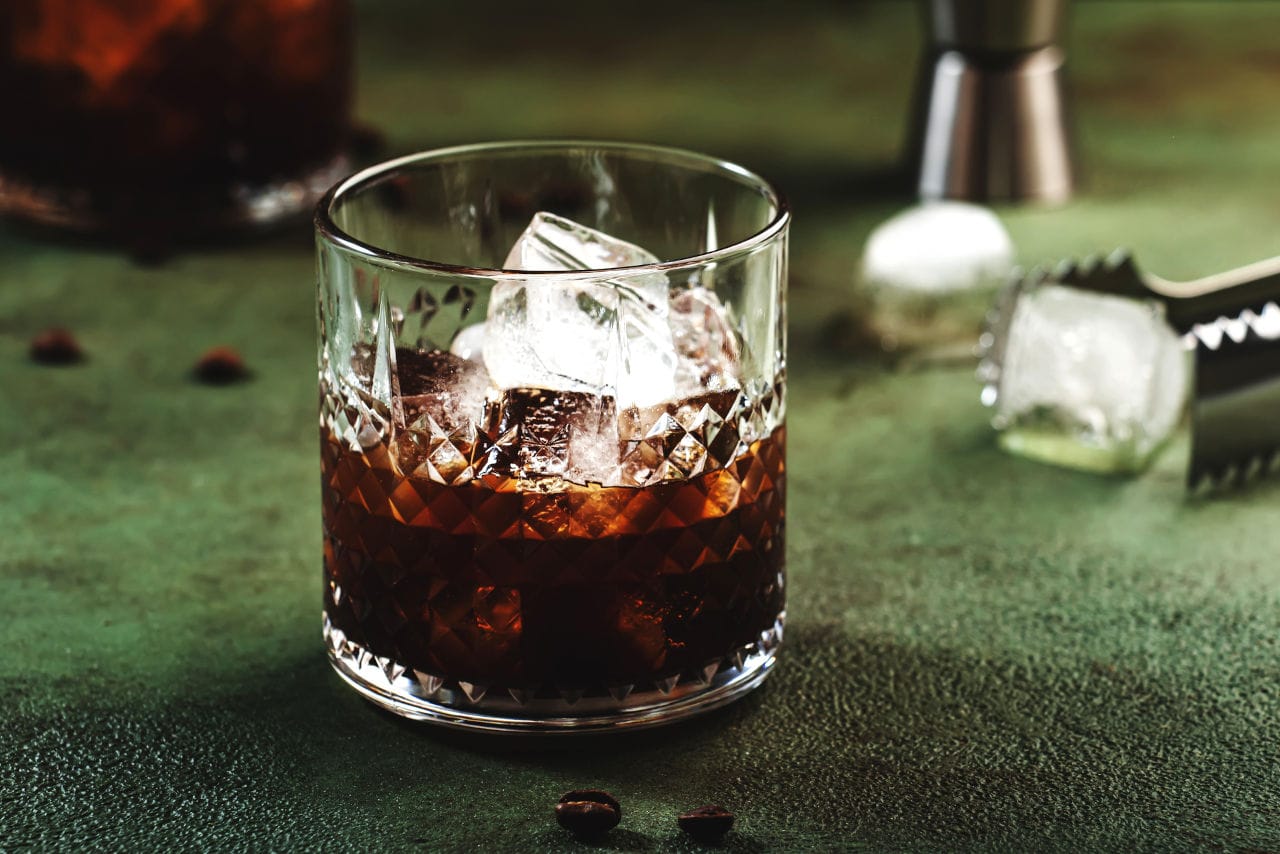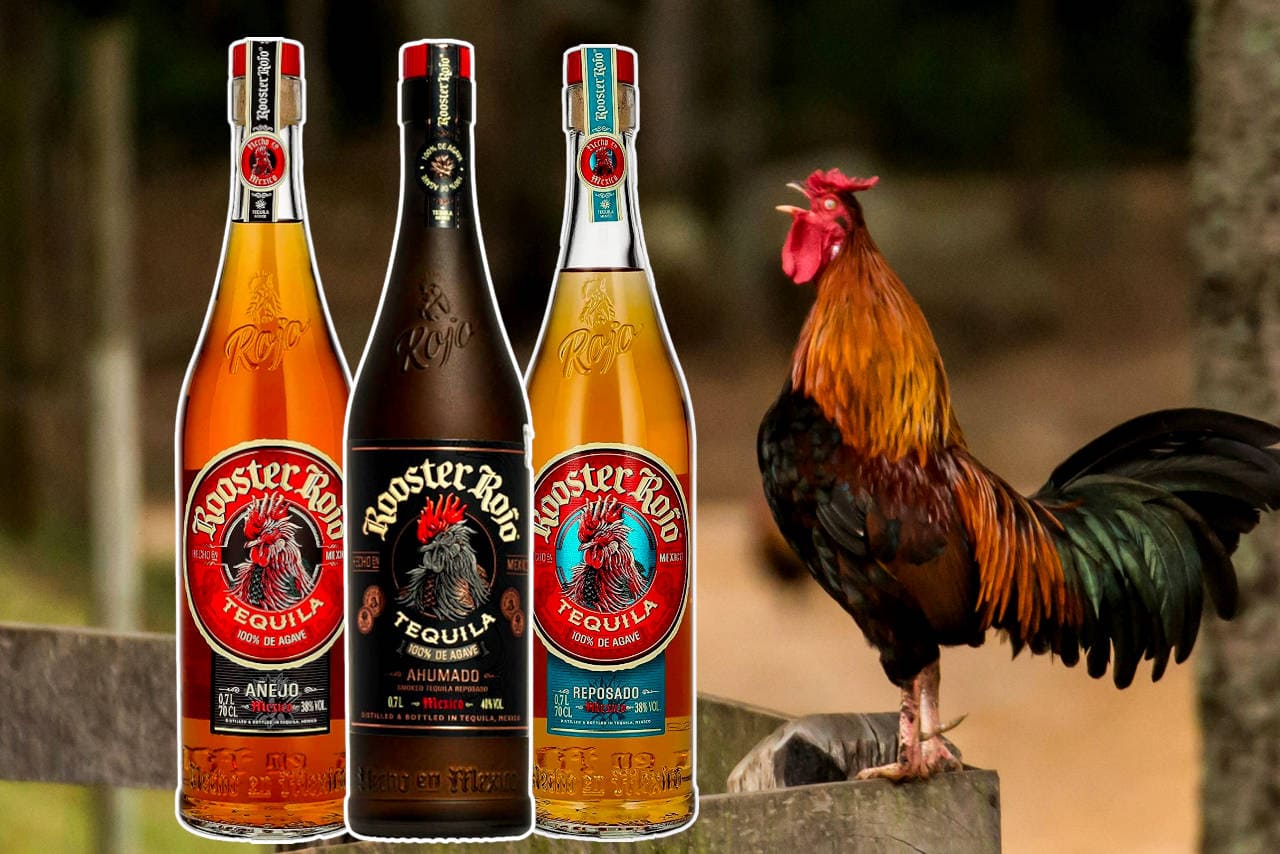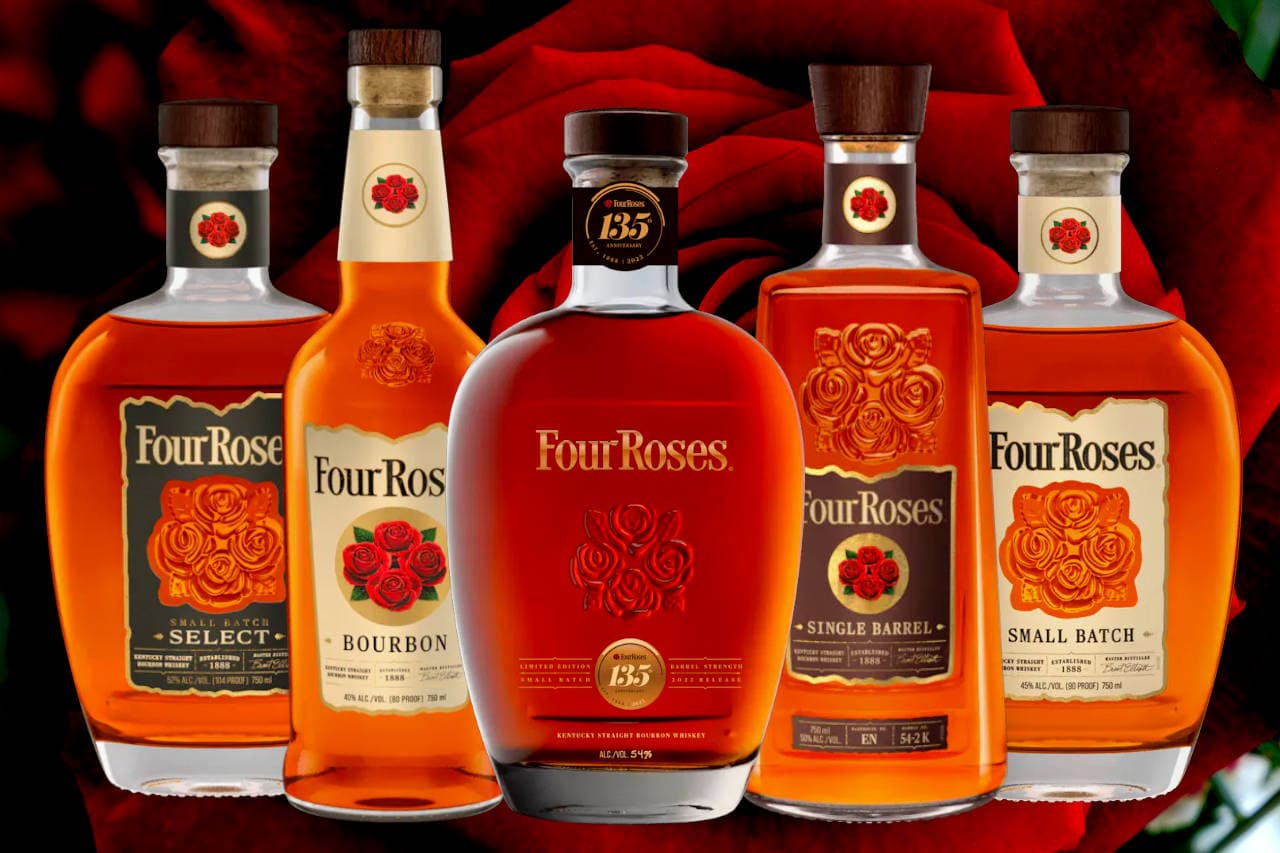Hold on to your hats as we whisk you off to the Land of the Rising Sun to discover the top 10 best Japanese gins. It is common knowledge that Japan is famous for its sake, but did you know that the country produces some of the finest gins found anywhere in the world?
The Japanese initially adopted their basic gin distilling practices from the British, yet and have refined their process through the years to create products that rival the best gins on the market.
Overview of Japanese Gin
As is the case with their famous sakes, Japanese gin is often distilled from rice as opposed to grain found in European varieties of gin. Additionally, botanicals that are found in abundance throughout the various regions of Japan are blended together to create flavours that are distinctly Japanese.

Top 10 Best Japanese Gins
Buckle-up as we explore the 10 best Japanese gins on the market. Be sure to check out the bonus section where we reveal a few Japanese ‘Inspired’ gins as well.
1. Roku Gin
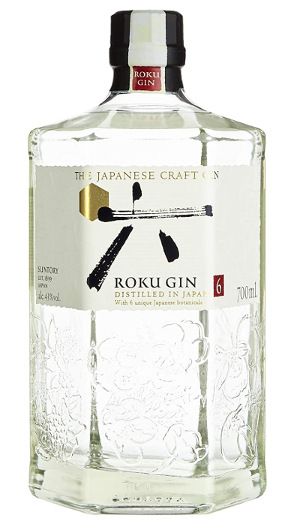
General Info
- Distiller – Suntory Liqueur Atelier
- Alcohol by Volume (ABV) – 43%
- Country – Japan
The Bottle
This gin comes bottled in a striking hexagonal-shaped blown glass bottle with blossoms etched into all six sides. The label is also simple, yet stunning, with brushed Japanese calligraphy in black on canvas with a golden stamp.
The Gin
Green tea and cherry blossom combined with a hint of sansho pepper to give this Japanese gin a unique flavour profile. It’s a clean ‘leafy green’ gin with slightly bitter notes and lots of upfront citrus.
Known Botanicals
Sakura leaf, Sakura flower, sencha tea, gyokuro tea, sansho pepper, yuzu peel, juniper, orange peel, lemon peel, coriander, and cinnamon
A Bit of Trivia
The blend of botanicals used in Roku Gin, which is produced in Osaka, is meant to be an ode to the four seasons of the year. Also, Roku means “six” in Japanese, named after the 6 unique Japanese botanicals it contains.
Best Served
This gin is best served neat and at room temperature. Keep it simple, over ice with no mixer or garnish. So, ditch the tonic water with this beauty and your taste buds will thank you for it.
Conclusion
Roku Gin provides an exceptional flavour journey thanks to its complex blend of distinctly local, Japanese botanicals which are layered over those used in traditional gins. It has a fantastic fresh, clean finish.
2. Etsu Japanese Gin

General Info
- Distiller – BBC Spirits
- Alcohol by Volume (ABV) – 43%
- Country – Japan
The Bottle
The Etsu Japanese Gin bottle is truly a beauty to look at. The ultra-clear, rounded glass bottle is accented by a royal blue stopper and its label features a whimsical image of a geisha seated in a lotus flower admiring a miniature version of the same scene. Will the fabulous artwork increase my enjoyment of the gin inside?
The Gin
Yuzu dominates the taste experience here, although citrus and floral notes shine through as well. Certainly an Oriental experience. Overall, this is a nicely balanced gin with an intriguing smooth and delightful bitter-sweet flavour profile.
Known Botanicals
Green bitter orange peel, coriander, angelica root, liquorice, yuzu peel, berries, green tea, and sansho pepper
A Bit of Trivia
Etsu Japanese Gin is produced on the island of Hokkaido, in the northern part of the country, at the Asahikawa distillery. Charcoal filtering and dilution with water sourced from the Taisetsu Mountains allow for peak purity and a clean taste.
Best Served
50 ml Etsu Japanese Gin, 1/2 bar spoon Matcha, 10 ml lemon juice, and 15ml samurai sake. Shake and double strain. Garnish with crushed lemon peel.
Conclusion
From the moment you set your eyes on the bottle, Etsu Japanese Gin takes you on a journey through the Nippon. The essence of Japan is fully experienced with the concert of local flavours contained in this wonderful gin.
3. Nikka Coffey Gin

General Info
- Distiller – Asahi Breweries
- Alcohol by Volume (ABV) – 47%
- Country – Japan
The Bottle
A simple, rounded glass bottle with a solid green label and clean black text encapsulates this particular gin.
The Gin
Nikka Coffey Gin is much more delicate and refined on the palate than most of the others that I tried. It is a discreet blend of citrus, a hint of apple, and a pinch of sansho pepper providing a welcome nip of spice that is on the slightly bitter side.
Known Botanicals
Yuzu, Kabosu, Amanatsu, Shikuwasa, apple, and sansho pepper
A Bit of Trivia
This gin is produced in the same “Coffey” still as Nikka’s signature whiskey, imparting a unique character to this Japanese gin.
Best Served
50 ml Nikka Coffey Gin, 75 ml grapefruit juice, and 50 ml yuzu tonic water over ice. Garnish with salted rim and grapefruit slice.
Conclusion
Nikka Coffey Gin may give the impression of being simple, based on its understated bottle, however, it’s clean, delicate and contains just the right amount of complexity to make it perhaps one of the best Japanese gins I have sampled.
4. Ki No Tea

General Info
- Distiller – Kyoto Distillery
- Alcohol by Volume (ABV) – 45.1%
- Country – Japan
The Bottle
Wow! This is an impressive bottle, with its richly shaded, green glass and shiny gold top. The relatively simple, blush artwork only adds to the mystique of this beautiful bottle design.
The Gin
The notes of green tea and white chocolate dance on your palate along with juniper and citrus to create one of the most interesting flavour profiles imaginable. It even tastes Japanese! Very impressive.
Known Botanicals
Juniper, Orris, Hinoki, Yuzu, lemon, gyokuro tea, and Tencha tea
A Bit of Trivia
The teas used in the production of Ki No Tea come from the Uji region, which is located just south of Kyoto, Japan.
Best Served
Keep it simple. This gin is best served over ice, allow it to stand so its aromas begin to shine through.
Conclusion
Ki No Tea Japanese gin is both a beauty to look at and a pleasure to taste. It brings back memories of exploring tea houses in the Japanese countryside when I was travelling.
5. KI NO BI Kyoto Gin

General Info
- Distiller – Kyoto Distillery
- Alcohol by Volume (ABV) – 45.7%
- Country – Japan
The Bottle
Imposing and imperialistic are the best ways to describe this black glass bottle with its golden crown. It is like a samurai in the night, dark and mysterious.
The Gin
The slightly citrusy notes of juniper and yuzu are swiftly followed by the warmth of ginger and sansho pepper, giving KI NO BI Kyoto Gin a precise, enjoyable attack on the palate.
Known Botanicals
Juniper, orris, hinoki, yuzu, ginger root, lemon, gyokuro tea, red shiso leaves, bamboo leaves, sansho pepper, and kinome
A Bit of Trivia
Being the first Japanese gin produced in Kyoto, KI NO BI has been instrumental in shaping the path of the entire industry. They also employ a technique of distilling each of the 6 botanical categories separately before blending to create the final product.
Best Served
Enjoy with ice and tonic water to discover the wide breadth of citrus and spicy notes. Delicious!
Conclusion
The complexity of KI NO BI Kyoto Gin is unparalleled, making it one of my all-time favourite Japanese gins to savour on special occasions (as it’s a bit pricy).
6. 135 East Gin
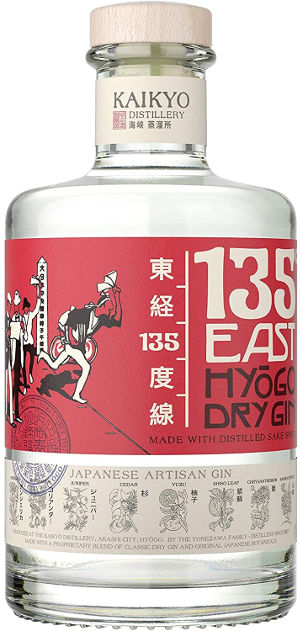
General Info
- Distiller – Kaikyo Distillery
- Alcohol by Volume (ABV) – 42%
- Country – Japan
The Bottle
I don’t think that a bottle design could get more distinctly Japanese than this, with a red label and rice paper accents covered in Japanese writing. Reminded me of the backstreets in the movie Blade Runner.
The Gin
Made with the usual ingredients and enhanced by a splash of Japanese sake, 135 East Hyogo Dry Gin combines fragrant citrus notes of mandarin and grapefruit with a bit of sansho pepper spice to produce a wonderfully eclectic taste.
Known Botanicals
Juniper, yuzu peel, grapefruit, mandarin orange, and sansho pepper
A Bit of Trivia
135 East Hyogo Dry Gin is one of the most contemporary gins available in all of Japan.
Best Served
Serve as a classic gin and tonic.
Conclusion
The 135 East Gin is an excellent expression of the future of the Japanese gin-making scene.
7. Masahiro Okinawa Gin

General Info
- Distiller – Masahiro
- Alcohol by Volume (ABV) – 47%
- Country – Japan
The Bottle
A lovely deep blue bottle with its main botanical ingredients is artfully displayed on the rice paper-tone label.
The Gin
Coming from Okinawa, a tropical region of Japan, this gin’s pleasant flavour profile includes a bit of sweetness from the inclusion of guava and goya. Certainly an Oriental flavour experience.
Known Botanicals
Juniper, shekwasha, roselle, guava leaves, goya, and long pepper
A Bit of Trivia
Masahiro Okinawa Gin is actually distilled using a hybrid of Japanese and Dutch techniques.
Best Served
Serve with tonic water over ice, and garnish with lemon zest to bring out the tropical botanicals.
Conclusion
Masahiro Okinawa Gin transports you to the tropical islands of Japan with its guava and goya melon botanicals. This is an excellent addition to any gin collection.
8. Sakurao Original Gin

General Info
- Distiller – Sakurao
- Alcohol by Volume (ABV) – 47%
- Country – Japan
The Bottle
This vintage black bottle is dark and shiny, and the classic label adds a bit of authenticity to the century-old Japanese gin.
The Gin
Coming from Hiroshima, Sakurao Original Gin infuses 9 botanicals to create a wonderfully complex flavour profile that is quite delightful. Traditional botanicals combine with local ingredients from Hiroshima to produce a standard, yet slightly citrusy gin.
Known Botanicals
Juniper, coriander, yuzu, lemon, Japanese cypress, cherry blossoms, ginger, green tea, and shiso pepper.
A Bit of Trivia
The name Sakurao comes from the Japanese word for cherry blossom. Sakurao distillery has been producing gin for over 100 years in Hiroshima.
Best Served
Blend 40 ml Sakurao Original Gin with 10 ml Daruma Shochu 25% retro label, 5 ml peach liqueur, 5 ml lemon juice, and lemon peel to produce the 100-year-old Kiseki cocktail.
Conclusion
With its lengthy history and use of botanicals that are local to Hiroshima, Sakurao Original Gin is easily one of the most important Japanese gins that you should try.
9. Sakurao Limited Gin
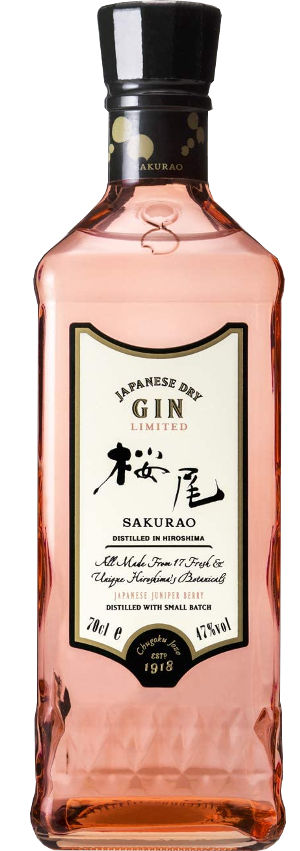
General Info
- Distiller – Sakurao
- Alcohol by Volume (ABV) – 47%
- Country – Japan
The Bottle
This limited-edition bottle comes nestled in a luxurious black box and gives off a glowing pink hue to accentuate the significance of the cherry blossom tree in the culture of Japan.
The Gin
Here, they have taken the original gin recipe and amped it up with the incorporation of no less than 17 botanicals to create an extremely complex profile that is sure to impress even the most experienced of gin connoisseurs.
Known Botanicals
Lemon, juniper berry, navel, sweet summer orange, yuzu, bitter orange, hinoki, green tea, aka shiso, ginger, cherry blossom, kuromoji, kinome, oyster shell, wasabi, juniper berry leaf, and ao shiso
A Bit of Trivia
All of the ingredients used in the production of this limited gin are sourced in and around Hiroshima, giving Sakurao Limited Gin its authentically Japanese taste.
Best Served
Definitely best served either at room temperature or with a few pieces of ice to allow for full appreciation of the 17 botanicals.
Conclusion
Sakurao Limited Gin is hands-down one of the most deliciously complex gins that I have ever had the privilege of enjoying. I highly recommend that you add this to the highest shelf in your bar.
10. Wa Gin
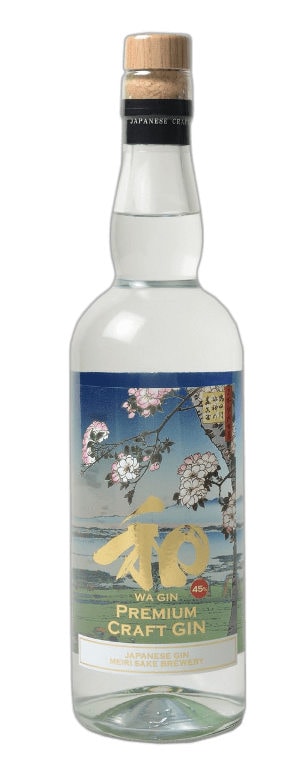
General Info
- Distiller – Wa Gin Distillery
- Alcohol by Volume (ABV) – 45%
- Country – Japan
The Bottle
A curvy clear glass bottle with a cork stopper is decorated with a colourful label and gold print.
The Gin
Premium Craft Wa Gin combines juniper base notes with citrus and cinnamon to produce a refreshingly warm tasting spirit. The use of sake provides a silky smooth finish.
Known Botanicals
Juniper, orange peel, lemon peel, and cinnamon
A Bit of Trivia
The shochu sake base used in this gin is aged for 10 years to allow for maximum development of the botanicals.
Best Served
This gin is best served as a classic gin and tonic.


3x Bonus Japanese ‘Inspired’ Gins
Seems today is your lucky day as the Drinks Geek is spoiling you with a bonus section. During my research, I came across a considerable number of Japanese ‘inspired gins. I would hate to be known as the kinda guy who lets down his lovely readers, so here are 3 additional gins for your reading pleasure.
Kokoro Gin

The Bottle
A frosted glass bottle with a golden cork stopper is embellished with a streak of black calligraphy down its centre.
The Gin
Kokoro Gin, which is Japanese-inspired, has an awesome taste that is accented by the use of citrus notes and a bit of black pepper for added spice and warmth.
Known Botanicals
Juniper, sweet orange zest, cracked black pepper, sansho pepper, and liquorice
A Bit of Trivia
Kokoro Gin donates 10% of its sales towards Japanese forest restoration projects to help preserve the natural habitat that inspired this gin.
Best Served
This gin is best served with chilled tonic water and ice, garnished with a lime wedge.
Conclusion
Although only inspired by the gin-making methods of Japan, Kokoro has a flavour that is surprisingly authentic and feels true to Japanese culture.
Kuro London Dry Gin
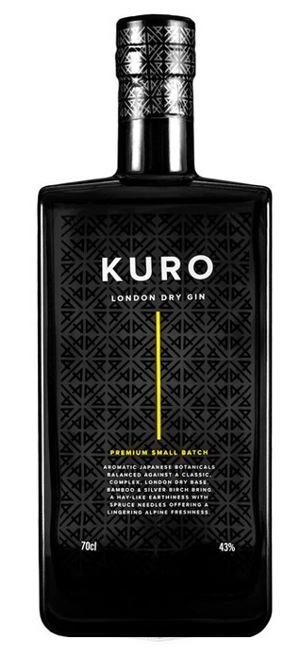
The Bottle
The squarish black glass bottle is highly polished and adorned with a beautifully patterned black and gold label.
The Gin
Kuro London Dry Gin has a uniquely Japanese-inspired taste that is accented by the implementation of bamboo-activated charcoal and spruce needles.
Known Botanicals
Juniper, coriander, bamboo, silver birch, and spruce
A Bit of Trivia
The creation of Kuro London Dry Gin was inspired by a trip to the Japanese alps where the two founders were awe-struck by the natural beauty found in the alpine forest.
Best Served
This gin is best served at room temperature.
Conclusion
Even with its origin being London, Kuro Japanese-inspired gin really transports you to the alpine forest of Hakuba with its spruce notes.
Akori Cherry Blossom Gin

The Bottle
This bottle has a beautiful blush colour with a squarish shape and is accented by a contemporary black label.
The Gin
Taking the woody notes of juniper and layering them with the floral qualities of cherry blossoms allows this Akori blend to bring the flavours of Japan halfway across the globe.
Known Botanicals
Juniper, coriander, and cherry blossom
A Bit of Trivia
As is the case with the original, Akori Cherry Blossom Gin was inspired by a duo’s trip to Japan, where they were able to explore and appreciate the natural beauty of the Japanese landscape.
Best Served
This gin is best served chilled or over ice.

How Best To Enjoy Japanese Gin
When it comes to how you can properly enjoy gin, the best way to discover the character of any variety is by simply sipping neat over ice. The same holds true for the best Japanese gins because you are able to taste the full essence of the spirit this way without any outside influence.
Of course, once you get a feel for the qualities of a specific gin, you can then enjoy them with quality tonic water to enhance the taste by highlighting some of the key botanicals.
Conclusion
It has been my pleasure to provide this review of the 10 best Japanese gins. Hopefully, this guide will help you to make a more informed choice when you purchase your next bottle of gin (plus there are some fantastic Japanese whiskies). By exploring unique gins from different regions of the world, you are refining your palate and discovering new flavours that are outside of the norm.
Ultimately, I was absolutely impressed by the depth of flavours found in these Japanese gins. Check out the following links if you wish to discover some tasty traditional gins and also lemon flavoured gins.
Also read: 14 Best American Gin Brands: Exploring USA’s Gin Scene

